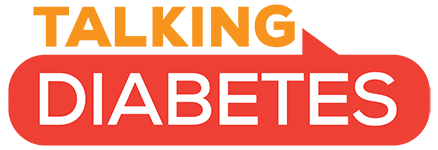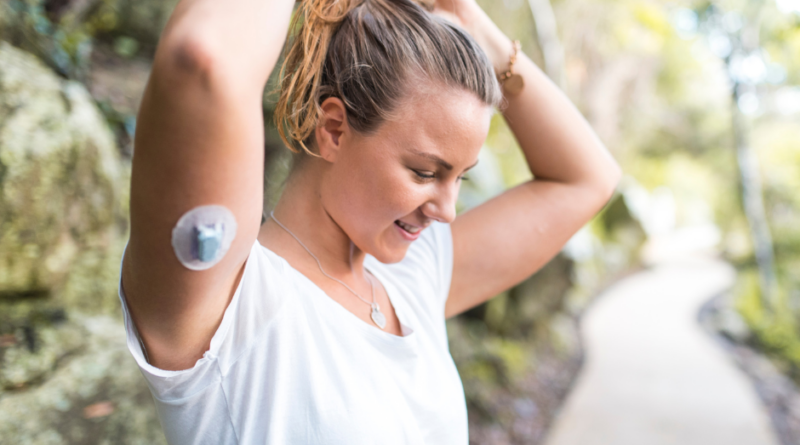Your Essential Guide to a Healthy Summer with Diabetes
Summer means sunshine, outdoor fun, and often, a few extra things to consider when managing diabetes. Whether you live with Type 1 or Type 2 diabetes, this guide is packed with practical tips to help you enjoy the warmer months safely and confidently.
5 Smart Tips for a Diabetes-Friendly Summer
Here are five key strategies to help you navigate the summer season while keeping your diabetes in check:
Stay Hydrated. Hot weather can quickly lead to dehydration for anyone, but for people with diabetes, it can be particularly problematic. Dehydration can cause your blood sugar levels to spike. Make sure to sip on water consistently throughout the day, even if you don’t feel thirsty, to help keep your blood glucose stable.
Test Blood Sugar More Often. The summer heat can cause unexpected ups and downs in your blood sugar levels. It’s a good idea to check your blood sugar more frequently than usual. This way, you can quickly spot any unusual swings and adjust your management plan as needed, helping you stay within your target range.
Protect Your Diabetes Supplies. High temperatures are a real threat to your insulin and diabetes devices. Heat can make insulin less effective, and it can also cause insulin pumps and continuous glucose monitors (CGMs) to malfunction. Always keep your insulin cool and your pump protected from direct sunlight. Consider investing in special cooling cases designed for insulin to safeguard your supply, especially when you’re out and about.
Pack Smart Snacks. Before heading out for summer road trips, beach days, or any outdoor adventures, make sure your bag is stocked with low blood sugar-friendly snacks. These can be a lifesaver in preventing unexpected lows. Also, try your best to stick to your regular meal schedule, no matter what your summer plans throw at you, as consistency is key for managing your blood sugar.
Exercise During Cooler Hours. Plan your outdoor activities for the cooler parts of the day, such as early mornings or evenings. Working out in the heat can increase your risk of heat exhaustion and make it much harder to keep your blood sugar levels in a healthy range. If you use an insulin pump, remember that excessive sweating can potentially damage the device, so keep an eye on it during your workouts.
Insulin and the Heat: What You Need to Know
Insulin is a delicate protein, and just like other proteins, it can break down and lose its effectiveness when exposed to heat.
Your insulin starts to be at risk of damage at temperatures of 93°F (34°C) or higher. This might seem like an extreme temperature, but it’s easier to reach than you think. After just two hours in a hot car, while playing sports outside, or even just relaxing on a beach towel, your insulin supply could be compromised. Always make sure to keep your insulin cool, and if you use an insulin pump, consider changing the insulin in it more frequently during hot weather.
Why Sunscreen is Even More Important with Diabetes
Everyone needs to protect their skin from harmful UV rays, but for individuals with diabetes, wearing sunscreen is extra important. Why? Because getting a sunburn adds unnecessary stress to your body, which can, in turn, cause your blood sugar levels to spike.
For the best sun protection, always use sunscreen with an SPF of 30 or higher and reapply it frequently, especially when you’re spending extended time outdoors.
How Summer Heat Impacts Your Blood Sugar
Unfortunately, the heat can cause both unexpected highs and lows in your blood sugar levels.
Dehydration is common in the summer and can lead to blood sugar spikes. When your body is dehydrated, your blood becomes more concentrated, which can make your blood glucose levels rise.
On the flip side, the heat can also cause dips in blood glucose levels. As the temperature rises, your body’s blood vessels expand. This can actually speed up how quickly your body absorbs insulin, increasing your risk of hypoglycemia (low blood sugar). This effect is often more noticeable when you’re exercising, as working out further increases blood flow.
Your Summer Travel Checklist for Diabetes
Whether you’re planning a short day trip to the beach or jet-setting somewhere far away, here are some essential diabetes supplies to include in your summer travel bag:
First, it’s a good idea to carry a travel letter from your doctor. This letter, which gives you written approval to travel with insulin and syringes, can be very helpful, especially when going through airport security.
You’ll definitely need to pack your insulin, syringes, and insulin pens. Don’t forget your test strips, lancets, and ketone test strips for monitoring. A crucial tip: pack at least twice as much medication and supplies as you think you’ll need! It’s always better to be overprepared in case of delays or lost luggage.
Also include back-up snacks for quick carbs to treat any unexpected lows, and emergency glucagon for severe low blood sugar. Bring all your essential equipment, including your blood glucose meters, continuous glucose monitors (CGMs), and insulin pumps. If you use an insulin pump, many manufacturers offer loaner pumps for travel – definitely ask for one as a back-up!
When packing, keep all of the above, especially your insulin, in a carry-on bag. Medications should ideally be in a clear plastic bag, ready for airport security. It’s vital not to store insulin or CGMs in checked luggage, as cargo holds can experience extreme temperatures that can damage your supplies. For more helpful tips, you can always check out travel guides specific to diabetes.
Cocktails and Carbs: Drinking Safely with Diabetes
Having diabetes doesn’t mean you can’t enjoy a refreshing drink or a nice glass of wine. However, just like anyone partaking in alcohol, there are a few important things to be aware of.
Be mindful of your alcohol consumption, especially when you’re in the sun, as alcohol can affect your body’s ability to regulate its temperature. Also, remember that certain drinks can have unexpected impacts on your blood sugar. If you’re unsure, it’s always a good idea to talk it through with your doctor. As a general rule, stick to low-sugar options, make sure to stay hydrated with water in between alcoholic drinks, and never drink on an empty stomach.
Source: BreakthroughT1D | May 27, 2025

